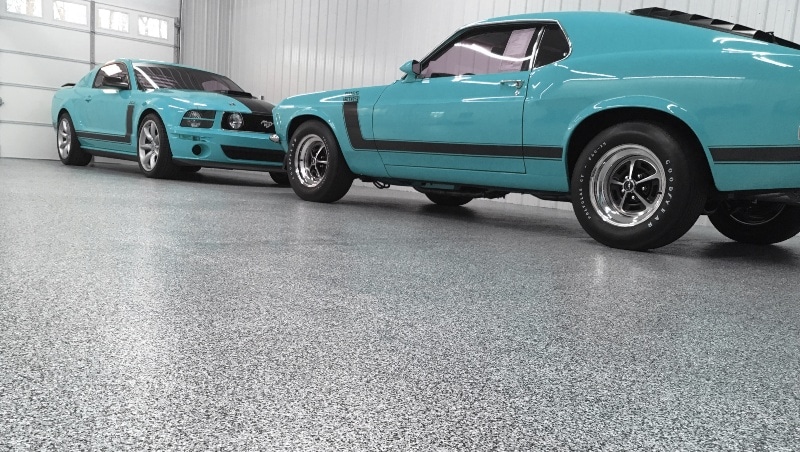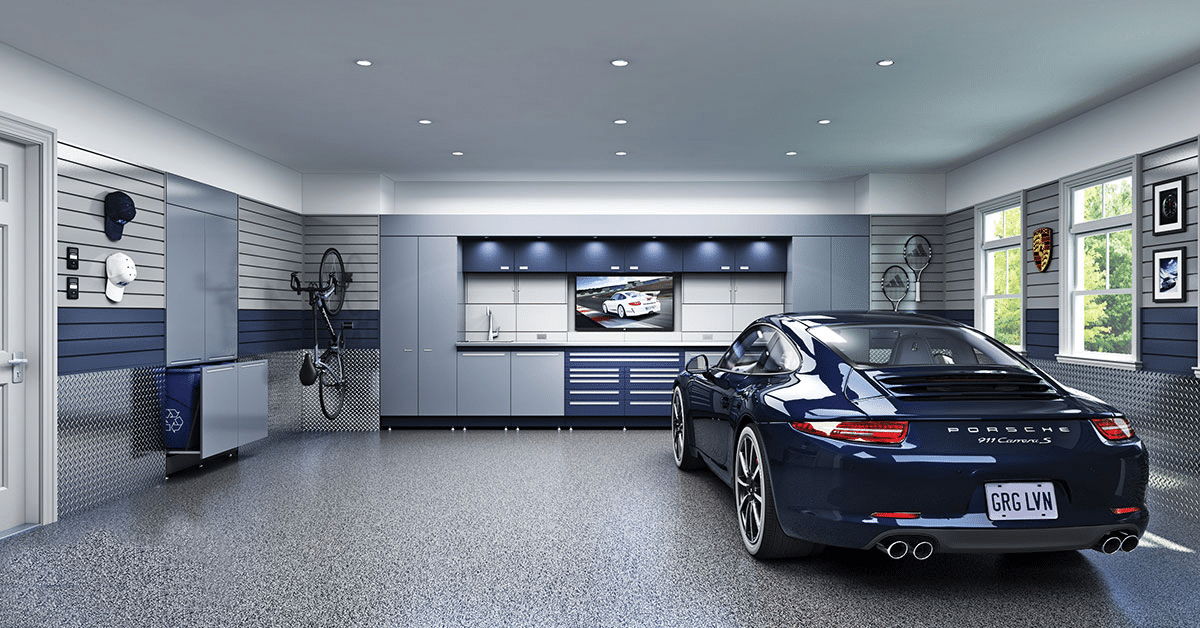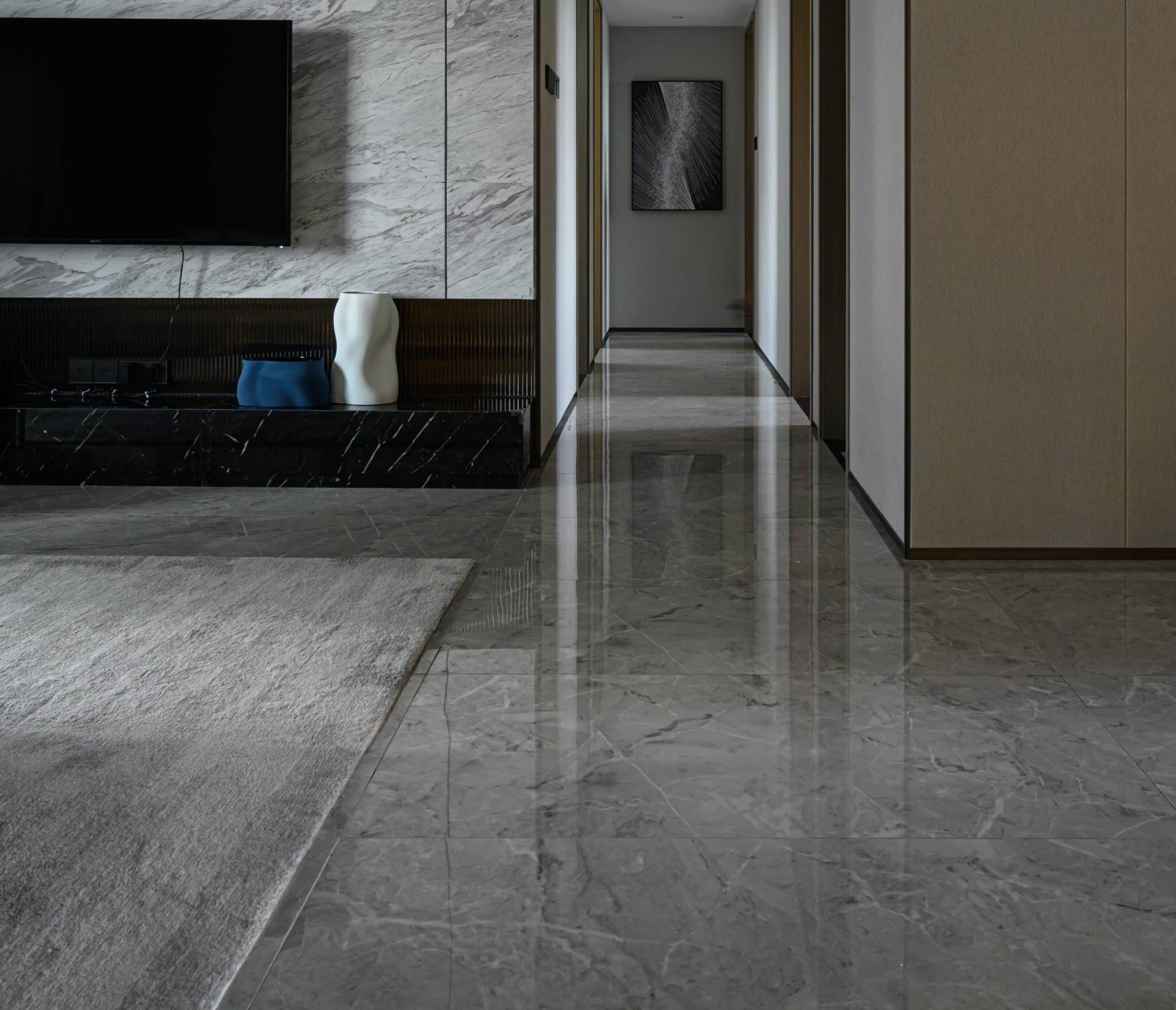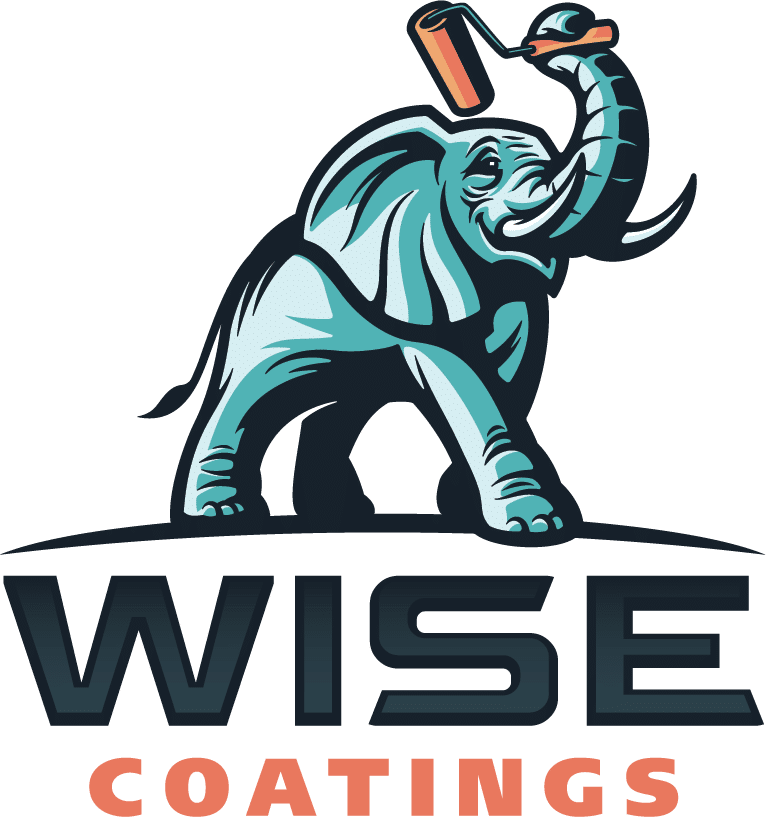Elevate Your Space with Epoxy Floor Coating: A Comprehensive Guide
When it comes to transforming the look and feel of your home, one often overlooked yet incredibly impactful solution is right beneath your feet – epoxy floor coating. This durable and versatile flooring option doesn’t just offer you a blank canvas for your design dreams but also promises ease of maintenance and robust longevity. In this comprehensive guide, we will walk you through everything you need to know about epoxy floor coating – from the benefits it offers to DIY installation, design options, long-term maintenance, and more. Whether you’re a homeowner looking to add some pizzazz to your living space or an interior design enthusiast searching for the next big thing, epoxy floor coating might just be the upgrade your space needs.
What is Epoxy Floor Coating?
Epoxy floor coating is a type of floor finish that consists of two main components: a resin and a hardener. When mixed, these substances react chemically to form a rigid, plastic-like surface that adheres strongly to a variety of substrates, including concrete.
There are different types of epoxy floor coatings designed for specific needs and applications. The most common types are:
- Self-dispersing epoxy coatings are known for their durability and are used in areas with heavy vehicle traffic.
- Self-leveling epoxy coatings are used to create a smooth and level surface on both new and old floors.
- Mortar epoxy coatings are the strongest of all epoxy coatings and are used in heavy industrial settings.
- Graveled epoxy coatings are decorative and can be used to incorporate logos and decorative details.
- Epoxy terrazzo coatings are commonly used in large commercial spaces for their decorative appearance which is also easy to clean.
- Epoxy antistatic coatings are used where static electricity must be controlled.
In the manufacturing process of epoxy floor coating, precise portions of resin and hardener are combined, initiating an exothermic curing process. This creates a hard, plastic-like material that not only bonds well to the floor but is also resistant to degradation over time. Once cured, the epoxy floor becomes strong, resistant, and able to withstand significant wear and tear, making it an ideal choice for heavy traffic areas, industrial settings, or simply for a long-lasting and aesthetic home flooring solution.
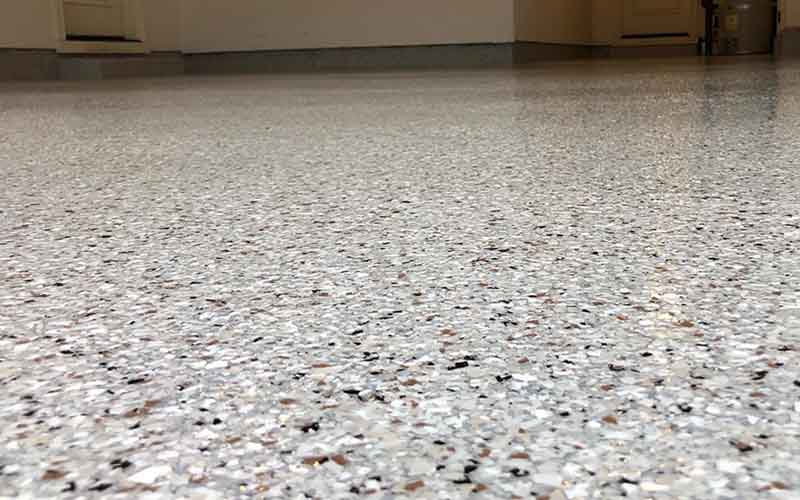
Benefits of Epoxy Floor Coating
The benefits of epoxy floor coating go beyond its resilience and durability. Here are some of the key advantages:
- Aesthetic Appeal: Epoxy coatings are available in a variety of colors and patterns, which can turn a drab concrete floor into a beautiful high-gloss surface. You can even add color flakes and different patterns to create a floor that complements your home decor.
- Resistance: Epoxy floors are highly resistant to a wide range of chemicals, oil, gasoline, bleach, and other fluids, making them ideal for garages and workshops. They are also water-resistant and can prevent the growth of mold and bacteria.
- Safety: Some epoxy coatings are formulated with anti-slip additives to create a safer walking surface. Reflective additives can also be included to improve lighting in a room.
- Longevity: When properly installed, an epoxy floor coating can last for many years without cracking, peeling, or blistering. It stands up to continual use, making it cost-effective in the long run.
- Ease of Maintenance: Epoxy flooring is easy to clean and maintain due to its seamless surface. Spills can be wiped up quickly, and its non-porous nature means that it doesn’t harbor dirt or dust.
By offering a blend of practical functionality and creative versatility, epoxy floor coatings are an excellent choice for anyone looking to upgrade their flooring system.
DIY Installation of Epoxy Floor Coating
Installing an epoxy floor coating can be a rewarding weekend project that adds value and appeal to your home. To achieve professional-looking results, follow these critical steps:
- Preparation: Begin by thoroughly cleaning the concrete floor. Remove any oil stains, sealers, or previous coatings. Repair cracks or chips in the concrete using a concrete patch product.
- Etching: Concrete floors must be etched to provide a rough surface for the epoxy to bond. You can use a commercial acid etch product or a more environmentally friendly solution like muriatic acid.
- Priming: Once cleaned and etched, apply a primer if recommended by your epoxy product. This can help with the adhesion of the epoxy.
- Mixing: Epoxy is a two-component product, so you’ll need to mix the resin and hardener components. Follow the manufacturer’s instructions closely for the correct proportions and mixing time.
- Application: Work in sections, applying the epoxy coating with a roller. Start in the farthest corner of the room and work your way toward an exit. Use a brush to cut around the edges and in tight spaces.
- Decorative Flakes and Anti-Slip Additives: If you’re using color flakes or anti-slip additives, sprinkle them on the floor after you’ve applied the epoxy. You’ll want to do this while the epoxy is still wet so they adhere properly.
- Finishing: After applying the epoxy, you need to let it cure for the amount of time specified by the product manufacturer. Once cured, you may choose to add a topcoat for extra durability and shine.
Remember to ventilate the area well as epoxy can produce fumes during application and curing. Always wear protective gear, including gloves and a respirator, while working with epoxy products. With the right preparation and attention to detail, you will be rewarded with a durable and visually stunning epoxy floor.
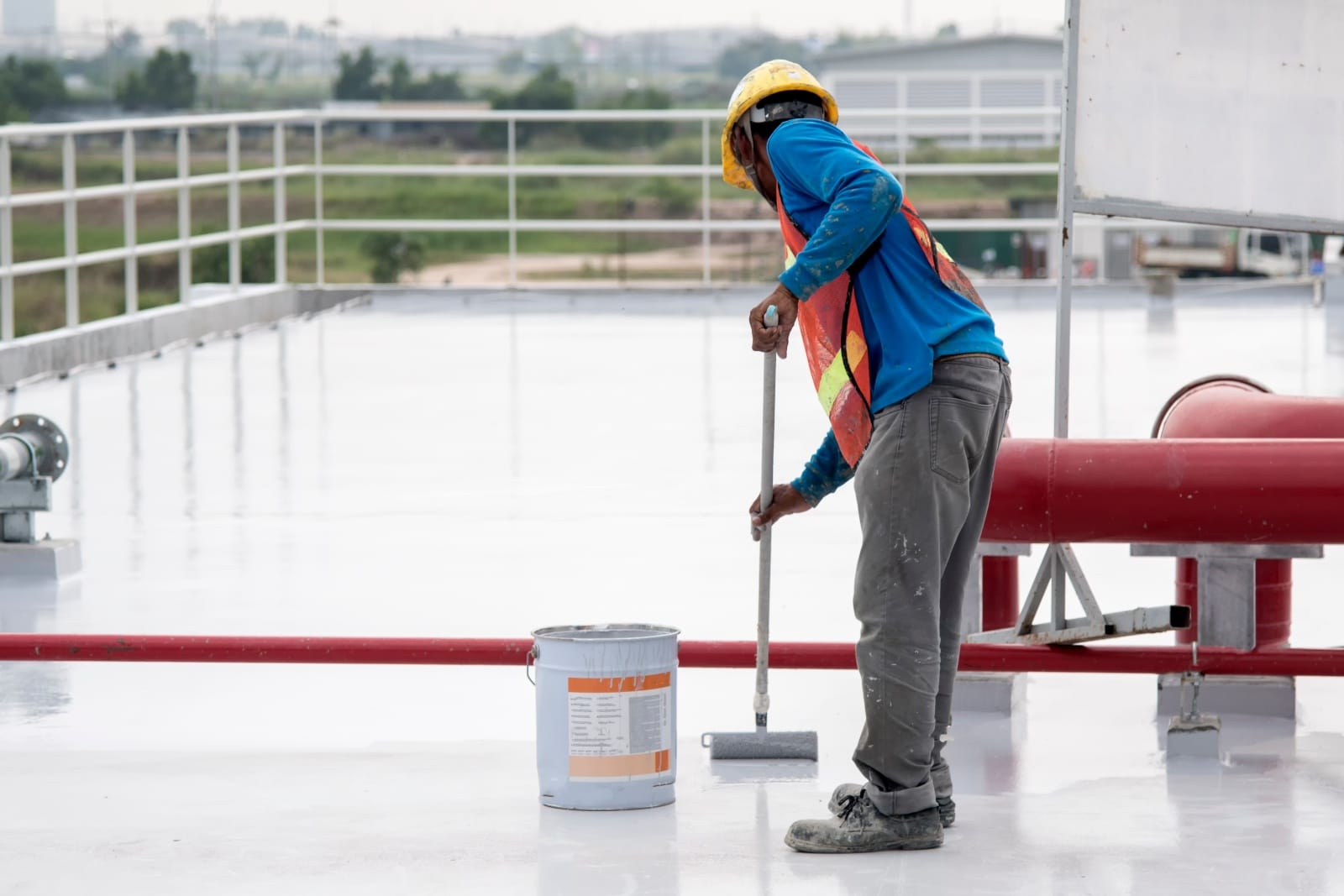
Design Options for Epoxy Floor Coating
Epoxy floor coating systems offer a variety of design options, enabling customization to fit any taste and function. The versatility of epoxy allows for numerous aesthetic choices, including:
- Solid Colors: A classic look that works well in both residential and commercial spaces, offering a clean and uniform appearance.
- Multi-Color and Custom Patterns: Ideal for branding or personalization, multi-color patterns or even custom designs can be laid out to convey a specific theme or corporate identity.
- Metallic Epoxy: These coatings create a shiny, pearlescent effect that resembles metal and gives floors a unique and high-end look.
- Color Flakes: Chips or flakes of various epoxy colors and sizes can be added to the epoxy to create textures and depth, as well as provide slip resistance.
- Quartz-Filled Systems: These combine high-performance epoxy polymer resin with colored quartz grains for a multi-dimensional look that’s also extremely durable.
These options offer not only an enhancement in the visual appeal but also contribute to the functionality of the flooring by providing additional slip resistance, reflectivity, and even impact resistance. Selecting the right design can completely transform the look of a space while maintaining the practical benefits of epoxy flooring.
Long-Term Maintenance of Epoxy Floor Coating
Proper maintenance of an epoxy floor coating is essential in extending its lifespan and preserving its aesthetic brilliance. Here are some tips for the long-term care of your epoxy flooring:
- Regular Cleaning: Sweeping or dust mopping daily helps to remove surface grit and can prevent scratches. For deeper cleaning, use a hard foam mop and a mixture of mild soap and water. Avoid using harsh chemicals that can degrade the epoxy finish.
- Spot Treatments: For spills and stains, act quickly. Wipe up spills immediately to prevent potential slipping hazards or staining. For tougher stains, use a soft scrub pad and a gentle cleanser.
- Protect Against Scratches: Though epoxy is durable, it’s not impervious to scratching. Use protective pads under heavy furniture or appliances and avoid dragging sharp or heavy items across the floor.
- Rugs and Mats: Place mats at entryways and in high-traffic areas to reduce the amount of dirt and grit that comes in contact with the floor. Ensure that any rugs do not have rubber backing, which can discolor the epoxy.
- Polish Occasionally: Depending on the amount of foot traffic, you may wish to occasionally polish the floor with a commercial polish or wax designed for epoxy flooring to maintain its shine.
- Professional Assistance: For significant repairs or if the glossy finish dulls over time, consider hiring a professional to recoat or repair your flooring to ensure a pristine appearance is restored.
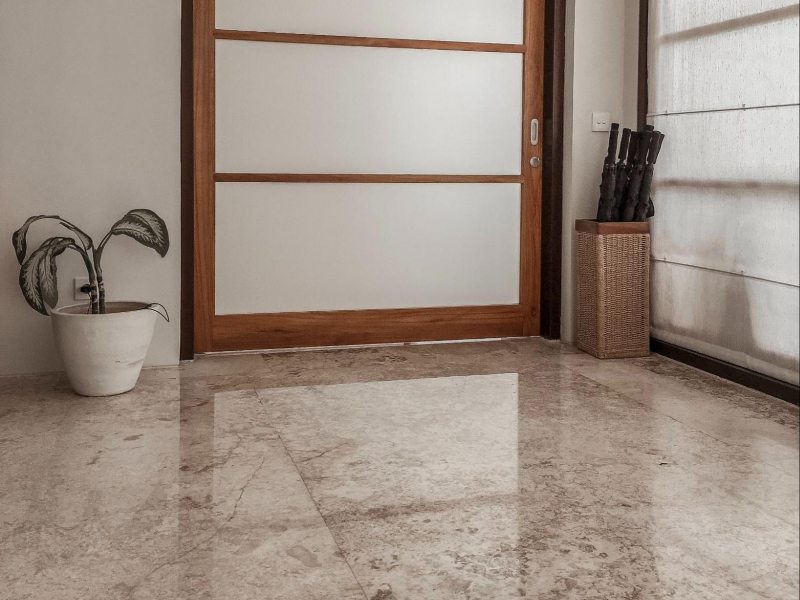
In summary, epoxy floor coatings service offers an ideal combination of practicality and aesthetics when it comes to upgrading your flooring. With proper installation and maintenance, you can enjoy a durable, visually appealing, and versatile flooring option for years to come. So why wait? Start planning your DIY project today!
https://www.google.com/maps?cid=2589512530409833629






